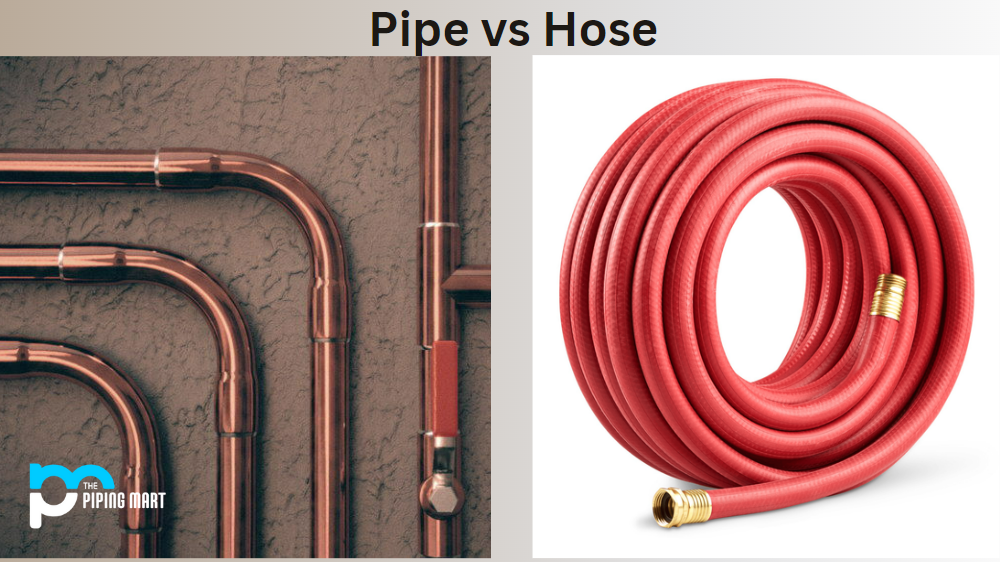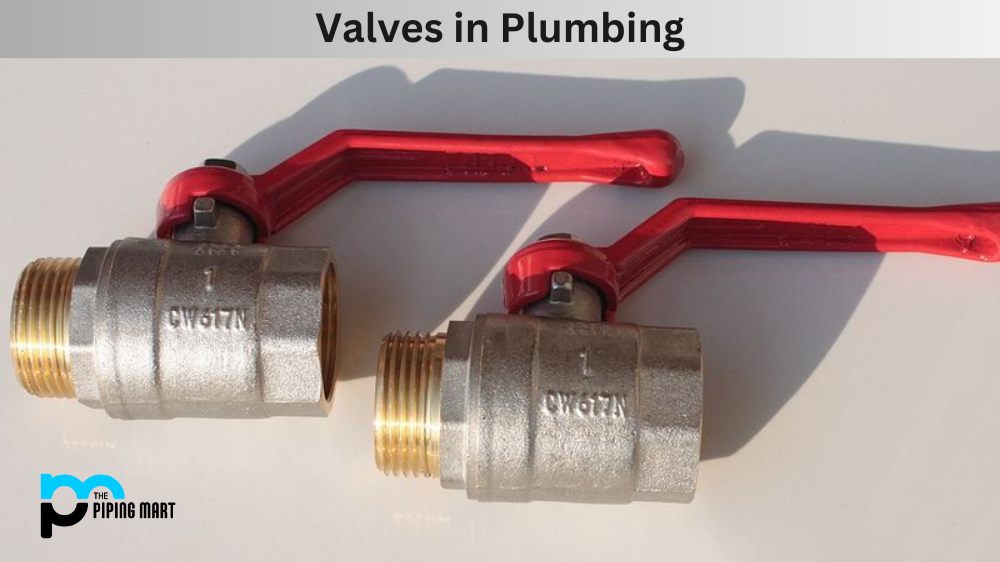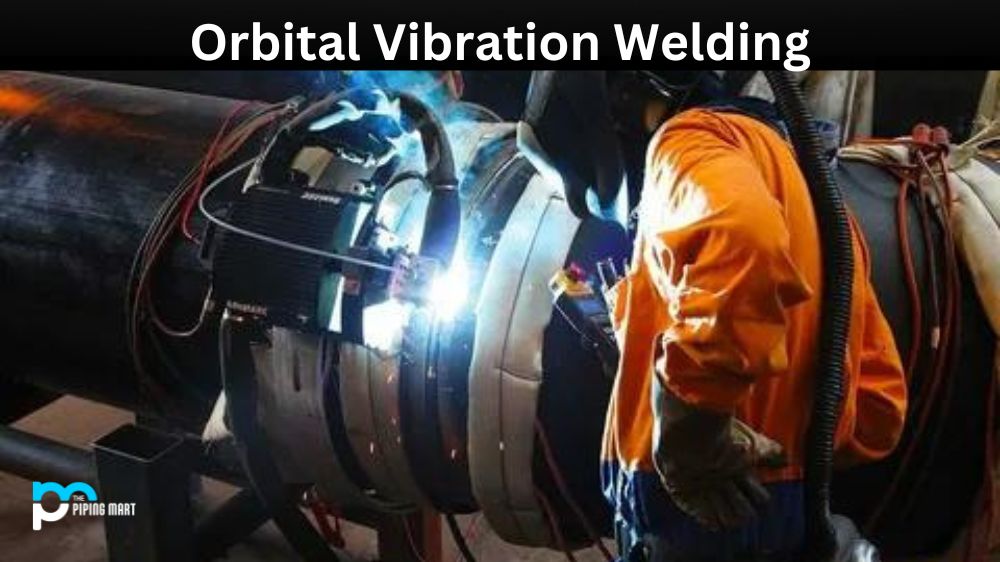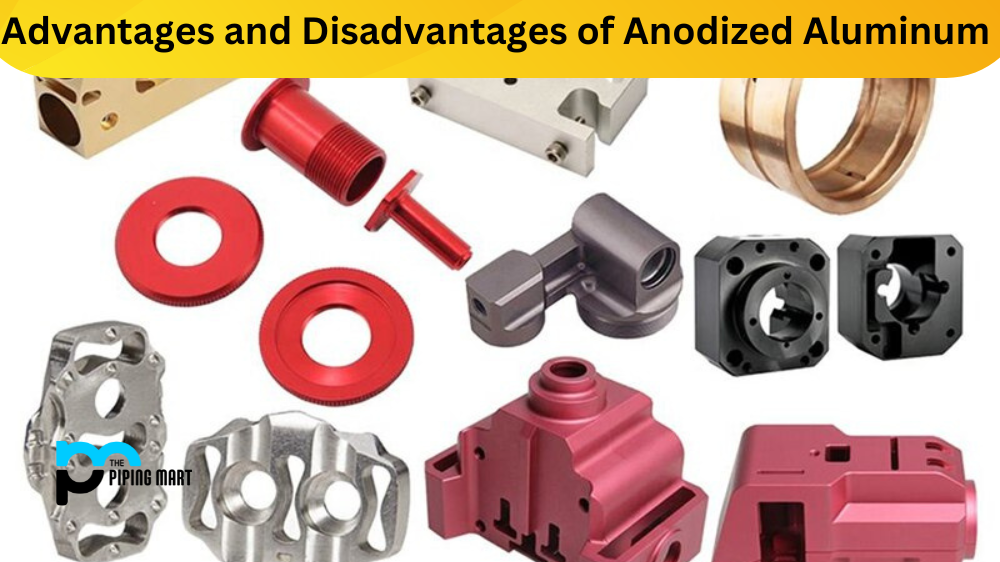When it comes to transferring fluids, there are two primary options available: pipe and hose. The choice between these two tools typically comes down to the specific application. Pipe and hose both serve essential functions, but there are significant differences in cost, pressure rating, durability, and compatibility with various fluids. This article explores these factors in-depth and helps you decide which option is best for your needs.
What is Pipe?
The pipe is a hollow tube that conveys fluids from one place to another. It is typically made from metal, plastic, or ceramic. The line is often used in plumbing applications, as it can be used to carry water, gas, or other fluids.
What is Hose?
A hose is a flexible tube that conveys fluids from one place to another. It is typically made from rubber or PVC. The hose is often used in gardening or other outdoor applications, as it can be easily connected to a water source and moved around.
Difference Between Pipe and Hose
Cost
The cost of pipes and hoses can vary significantly based on the tool’s material, size, and length. Hoses are generally less expensive than pipes, making them a more budget-friendly option. However, hoses typically have a shorter lifespan than pipes and may need to be replaced more frequently, leading to additional costs over time.
Pressure Rating
One of the critical factors to consider when choosing between pipes and hoses is the pressure rating. Lines can handle much higher pressures than hoses and are generally used in applications that require high-pressure fluid transfer or that involve high-temperature liquids. Hoses, however, are often used in low-pressure applications such as water delivery or air compressors.
Durability
The durability of pipes and hoses can vary depending on the material used for construction. For example, PVC pipes are lightweight and relatively easy to handle but may be prone to cracking or breaking over time. In contrast, metal pipes are highly durable and can withstand pressure and temperature fluctuations. For hoses, materials such as rubber tend to be more durable than plastics.
Compatibility
The material used for pipes and hoses can also affect their compatibility with different fluids. Certain materials, such as PVC, may be ideal for some applications but may not be compatible with certain chemicals or high-temperature liquids. Metal pipes and rubber hoses are more versatile and can handle various fluids.
Maintenance
Finally, it’s essential to consider the maintenance requirements when choosing between pipes and hoses. Hoses typically require more frequent maintenance due to their shorter lifespan and may need to be replaced more often. While generally low-maintenance, lines may require more attention if they become clogged or corroded over time.
Conclusion
In conclusion, choosing between pipes and hoses depends on several factors, including cost, pressure rating, durability, compatibility, and maintenance requirements. While stockings may be less expensive upfront, they may need to be replaced more frequently, leading to additional costs in the long run. Pipes are more durable and can handle higher pressures, making them ideal for high-pressure fluid transfer applications or high-temperature liquids. Ultimately, the choice between pipes and hoses will depend on the specific application and the unique needs of your business or project.
Sakshee is a talented blogger, with a particular focus on the Business and Metal Industry. She is passionate about sharing her insights on various metal products and helping professionals to make a better decisions.




